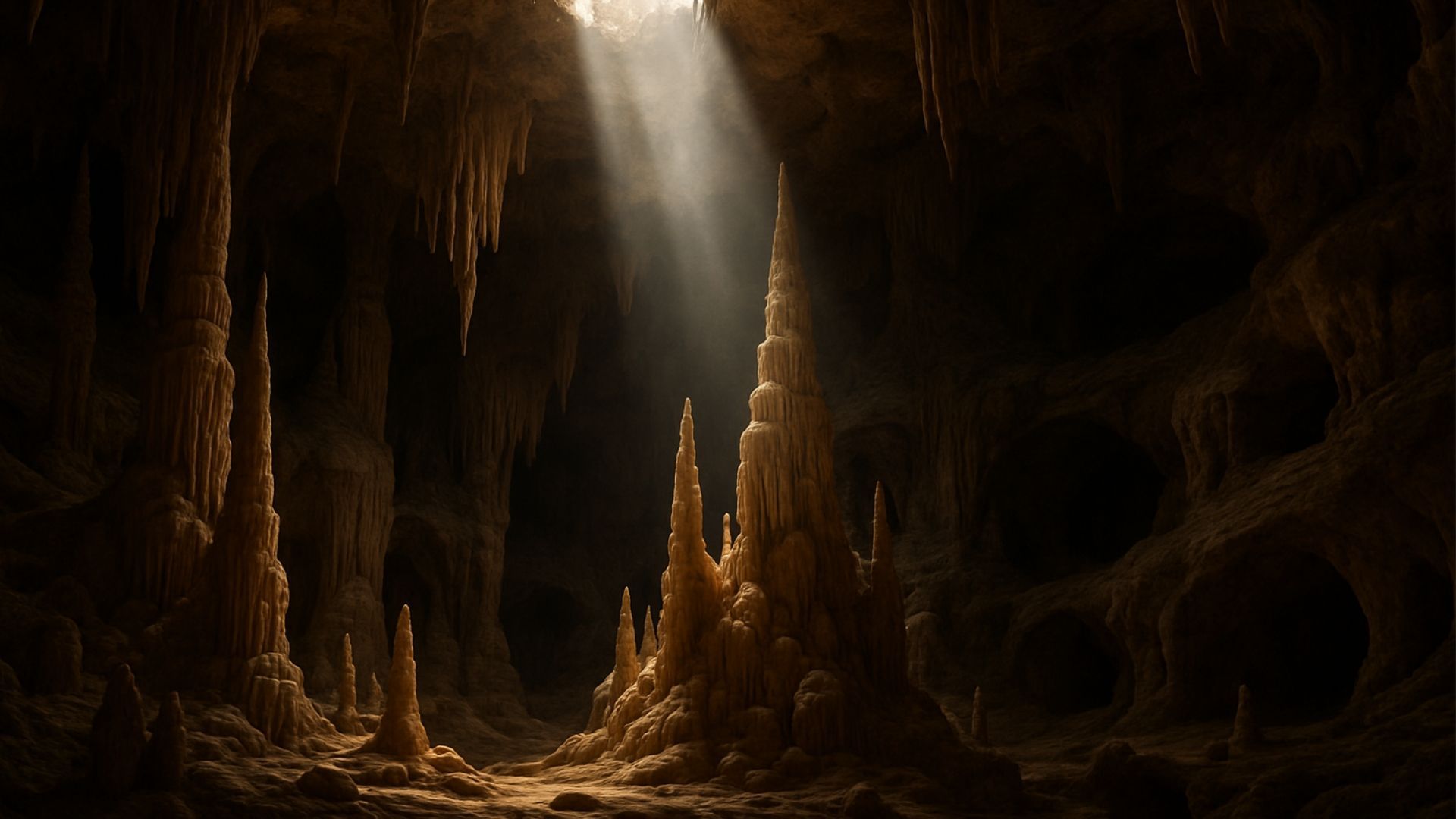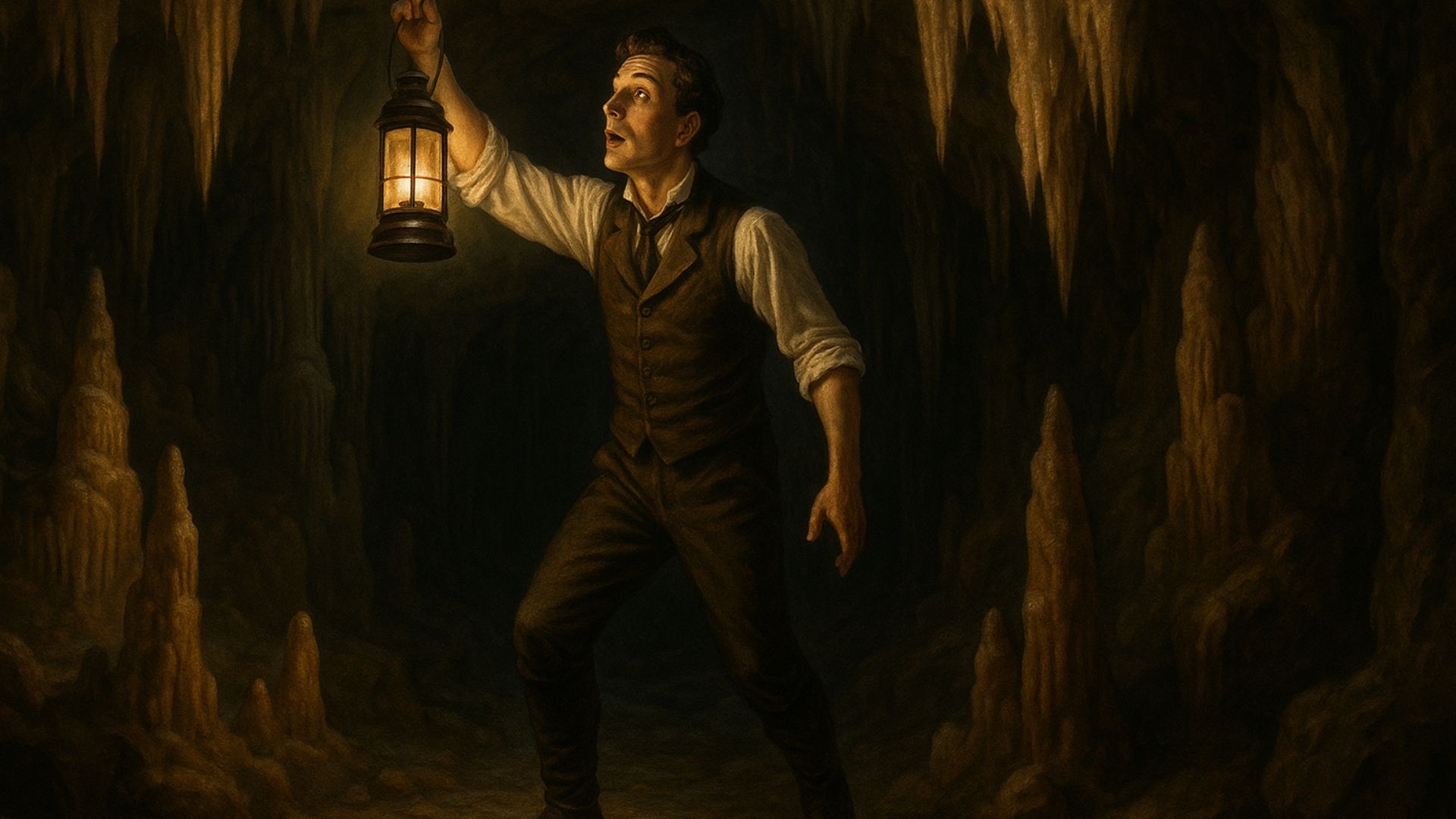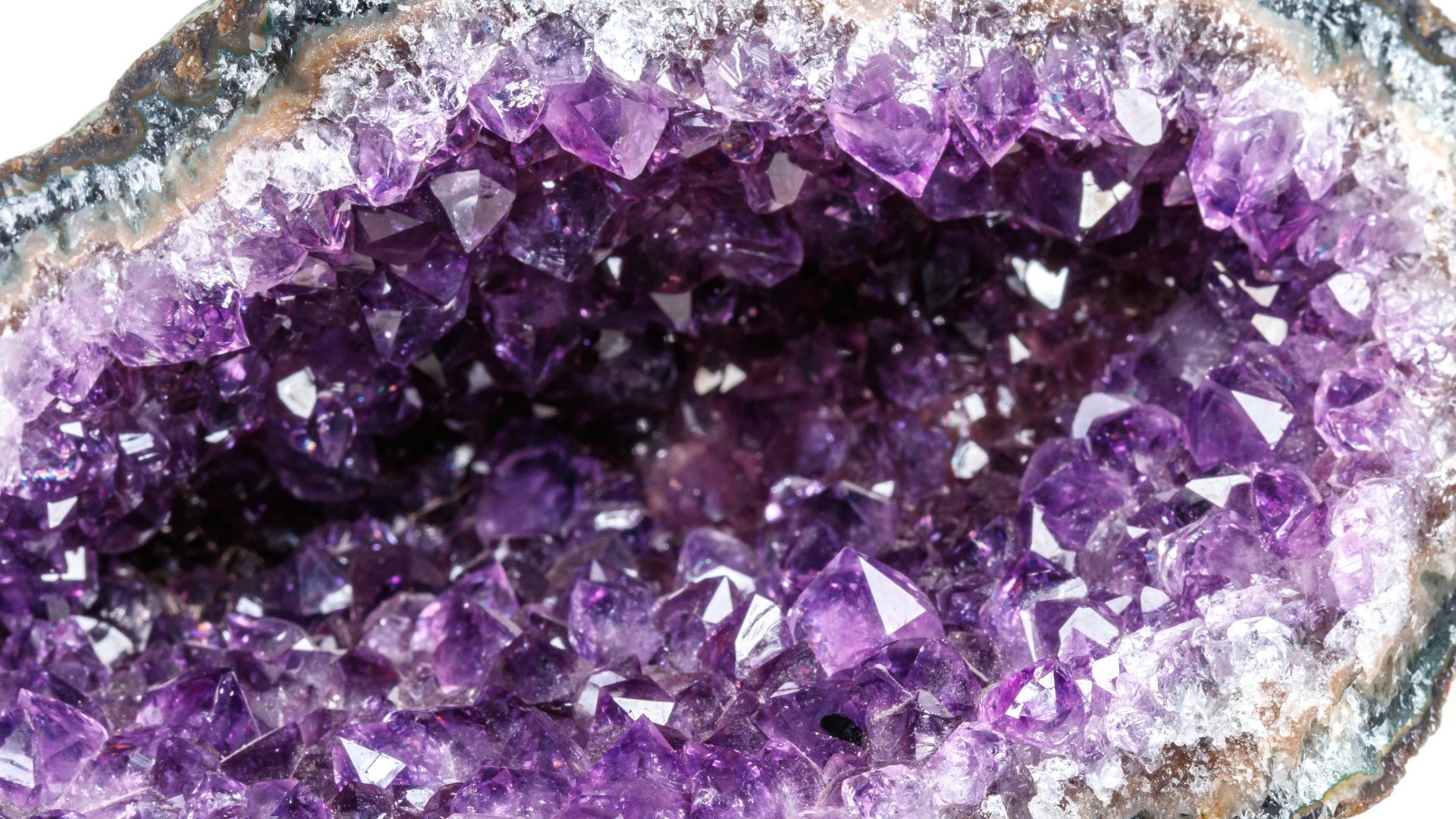Curious about the Artemis space program? Discover the new lunar missions exploring the Moon and beyond.
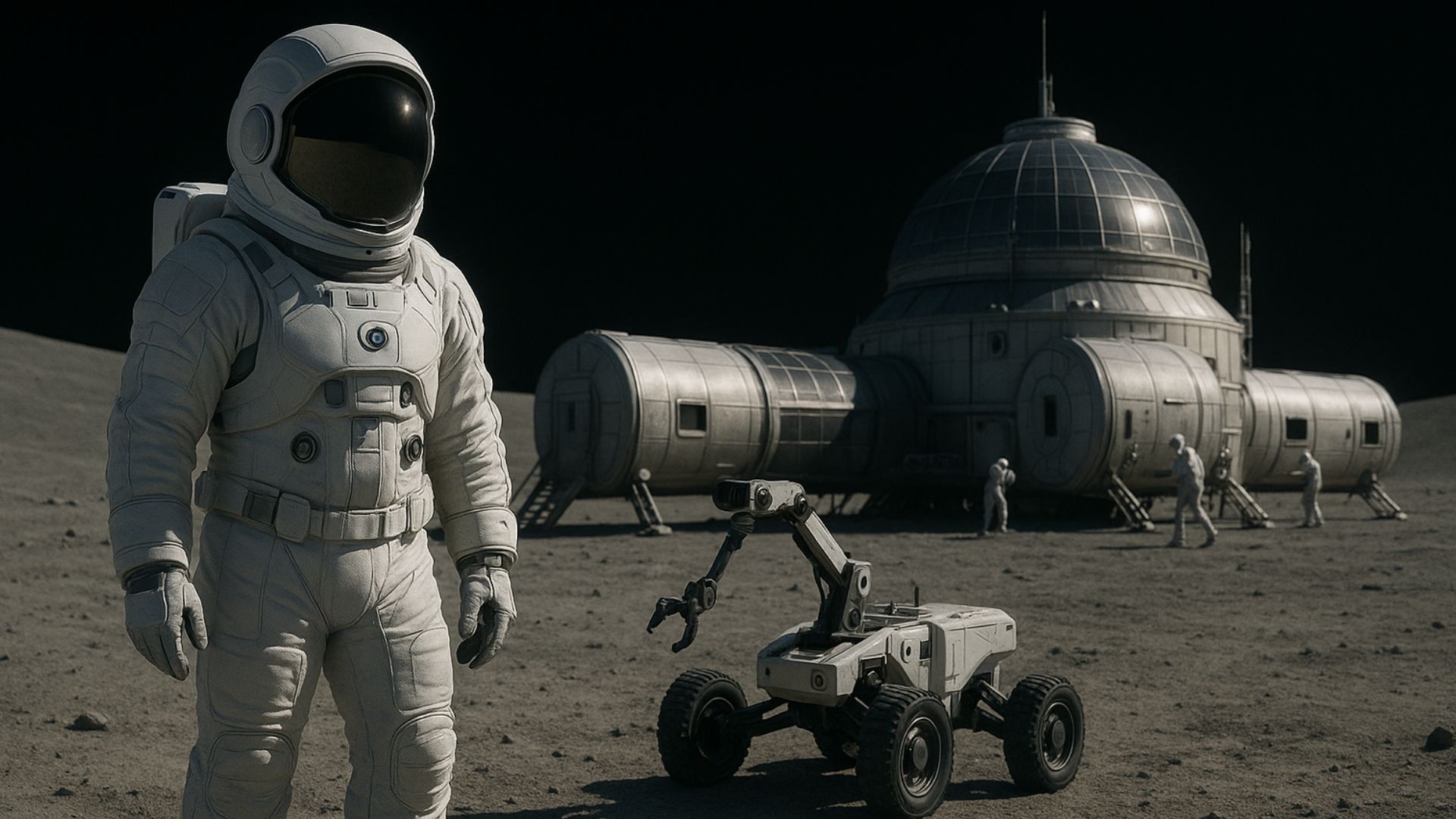
"One small step for man, one giant leap for mankind…"
If you weren't there at the time, it's hard to fathom the impact of the first Moon landing in 1969. Think about it – humans had reached the Moon! A celestial object nearly 240,000 miles away in outer space.
That's the same distance as flying around the Earth nine-and-a-half times. And they did this using computer technology that isn't a patch on that phone in your pocket.
If you were there, you'll most likely remember the excitement of seeing Neil Armstrong and Buzz Aldrin stepping off their Apollo Lunar Module onto the dusty surface of the Moon. And, of course, you'll remember Armstrong reciting those immortal words:
"One small step for man, one giant leap for mankind…" (Apparently, he meant to say "a man",
but that's another story.)
Those images of Armstrong and Aldrin bouncing joyfully across the lunar surface were beamed down live to millions of TV sets all over the world. They showed everyone watching just how much humans could achieve if they worked together with a common goal.
After the Apollo 11 mission, there were eight more manned missions. Twenty-four astronauts in total travelled to our pale nighttime companion, with 12 of them walking on its surface.
The final crewed mission in the Apollo space program was Apollo 17 in 1972. The crew – Commander Gene Cernan and lunar module pilot Harrison Schmitt – were the last humans to walk on the Moon's surface. That means it's been more than 50 years since humans last visited our closest celestial relative.
Now, thanks to the Artemis programme, we might see humans on the Moon again very, very soon. Exciting, huh?
What is the Artemis programme?
Started in 2017 by NASA (working alongside various collaborators across the globe), the Artemis programme plans on exploring the Moon once again. Its long-term goals are to establish a permanent base on the Moon and to facilitate human missions to Mars.
So, not only could we see humans living on the Moon before too long, but humans visiting Mars is all part of the big picture, too. And Mars is much, much further away than the Moon.
Key to the Artemis missions are the Deep Space Exploration Systems: a group of technologies and spacecraft that will aid the budding astronauts. These technologies are being spearheaded by, among others, Exploration Ground Systems. Based at the Kennedy Space Center, this huge facility develops and operates the spaceships and rockets used in space exploration.

These include the vital Orion spacecraft – a state-of-the-art, partially reusable spacecraft that can take crews of four astronauts up to space and back home. These are launched with a Space Launch System (SLS) rocket booster – currently the world's most powerful rocket.
The planned missions will be increasingly complex and difficult. But first on the list is to get humans back up to the Moon.
What are the missions?
Like
the Apollo programme, the Artemis programme isn't limited to one mission. There are lots of missions planned, each more ambitious than the last. They're set to occur every year or so.
We'll focus here on the four main planned missions. These hope to return humans to the Moon and lay down a gateway to future missions to Mars.
Artemis I
The first Artemis mission has already happened. On 16 November 2022,
Artemis I
sent the Orion to the Moon in a test flight for both the Orion and the SLS. It was successful – and the Orion spent three weeks travelling to and beyond the Moon.
It went pretty far – 1.4 million miles in total. It conducted two flybys of the Moon before returning to Earth and splashing down in the Pacific Ocean on December 11.
There weren't any astronauts on board this time, though. They used onboard robots and computer systems to fly the spacecraft. That's because they wanted to check that Orion's components worked properly – especially its heat shield, which protects the equipment inside and the people using it.
NASA scientists noticed a design flaw in one of the life support valves in the Orion module. This flaw could lead to a dangerous buildup of carbon dioxide in the spacecraft – not great for our oxygen-breathing astronauts! As a result, the next mission was delayed while they fixed this potential malfunction.
Artemis II
Artemis II is set to blast off in early 2026. It will be the first crewed test flight of SLS and the Orion spacecraft.
The four crew members will do more testing while orbiting the Earth. Afterwards, Orion will be boosted to circle the Moon in what is called a free-return trajectory. Finally, it will return to Earth for re-entry and splashdown.
The crew will consist of Commander Reid Wiseman, pilot Victor Glover and mission specialist Christina Koch, who are all from NASA. Joining them will be mission specialist Jeremy Hansen from the Canadian Space Agency.
This makes the mission particularly historic. Koch will be the first woman, Glover the first person of colour and Hansen the first non-American to travel beyond low Earth orbit to the Moon.
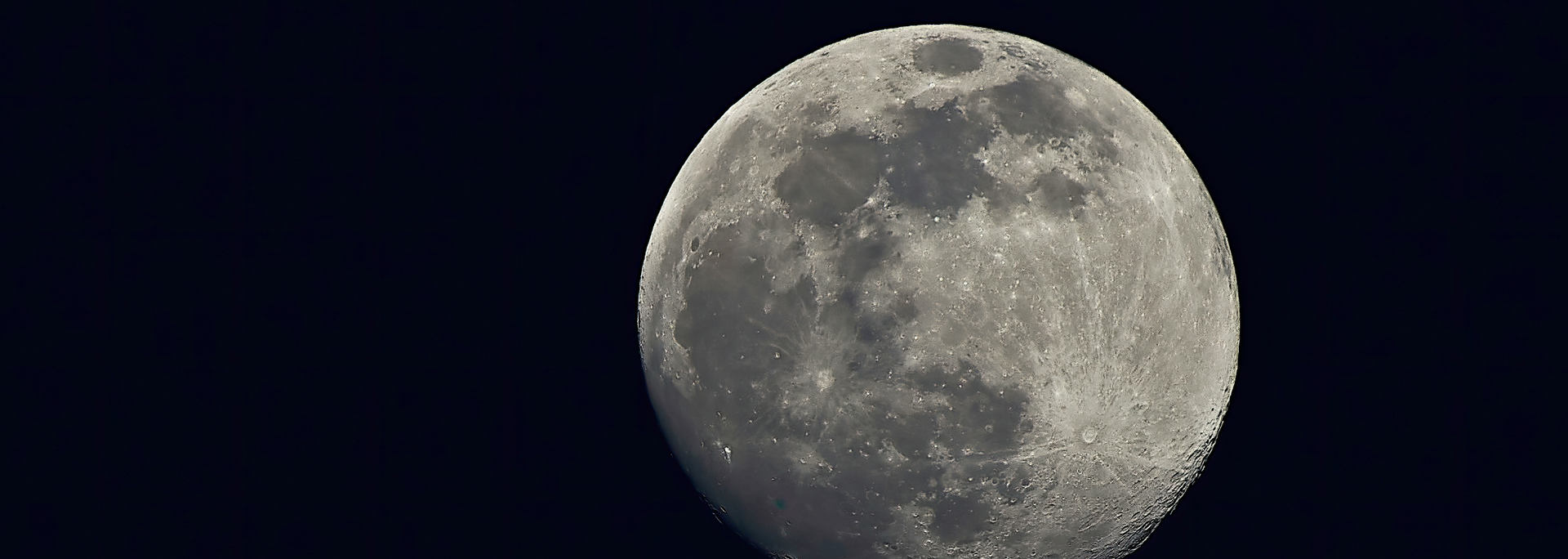
Artemis III
NASA officially expects Artemis III to launch no earlier than mid-2027. This mission will be America's first crewed lunar landing since Apollo 17. Exciting!
Before this mission, there will be a support mission to place a Starship Human Landing System (HLS) in a near-rectilinear halo orbit (NRHO) of the Moon. The starship, designed by SpaceX, is meant to bring two astronauts to the lunar surface after the Orion spacecraft docks with it.
This time, the astronauts will explore the lunar south pole. Over six days, the astronauts will have to contend with varying extreme sunlight and shadows.
Temperatures will range between an extreme low of -203°C to whopping highs of 54°C. Challenging, to say the least!
The astronauts will perform at least two Extravehicular Activities (EVAs) on the surface and conduct tests and geology experiments. These include studying polar lunar volatiles, which could be over five billion years old.
Scientists hope they can tell us a lot about the history of the Moon and the Earth. They may prove the theory that the Moon was created by a collision with the Earth billions of years ago.
Artemis IV
Artemis IV is scheduled for 2031 and is planned to be the fourth crewed lunar landing. Most excitingly, it will establish the Gateway space station, which will be a multipurpose lunar space station that will orbit the Moon.
Gateway will provide logistical support for future planned missions to the Moon and act as an access point to future space exploration. That means missions beyond the Moon – and eventually to Mars.
There will be four modules in the space station, where astronauts will live and work, conducting experiments and preparing for future surface missions.
Artemis V and beyond
There are six more missions planned over the next 10 years. These aim to achieve additional moon landings and extended stays on the Moon. They will also see astronauts erect surface structures on the Moon.
Of course, these are all subject to delays. But one thing's for sure – these are thrilling times for anyone interested in space exploration.
Do you love the cosmos as much as we do? Join us at Stump Cross Caverns for an exciting programme of space-themed activities. That includes Cosmic Adventures – a family workshop all about space – as well as stargazing events under the crystal-clear skies of the Yorkshire Dales. Keep an eye on our
Yorkshire activities calendar to see what's next.

